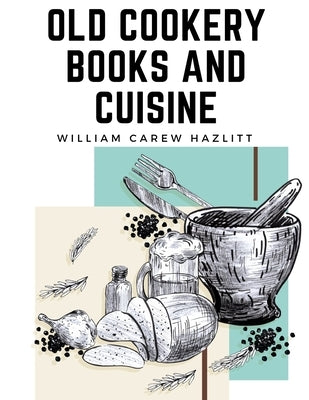Description
William of Malmesbury particularly dwells on the broad line of distinction still existing between the southern English and the folk of the more northerly districts in his day, twelve hundred years after the visit of Caesar.
He says that they were then (about A.D. 1150) as different as if they had been different races; and so in fact they were-different in their origin, in their language, and their diet. In his "Folk-lore Relics of Early Village Life," 1883, Mr. Gomme devotes a chapter to "Early Domestic Customs," and quotes Henry's "History of Great Britain" for a highly curious clue to the primitive mode of dressing food, and partaking of it, among the Britons.
Among the Anglo-Saxons the choice of poultry and game was fairly wide.
Alexander Neckani, in his "Treatise on Utensils (twelfth century)" gives fowls, cocks, peacocks, the cock of the wood (the woodcock, not the capercailzie), thrushes, pheasants, and several more; and pigeons were only too plentiful.
The hare and the rabbit were well enough known, and with the leveret form part of an enumeration of wild animals (animalium ferarum) in a pictorial vocabulary of the fifteenth century.
Author: William Carew Hazlitt
Publisher: Bookado
Published: 11/28/2023
Pages: 130
Binding Type: Paperback
Weight: 0.70lbs
Size: 11.00h x 8.50w x 0.28d
ISBN13: 9781805474654
ISBN10: 1805474650
BISAC Categories:
- Cooking | Courses & Dishes | Appetizers
- Cooking | Methods | Baking
- Cooking | Entertaining | General

